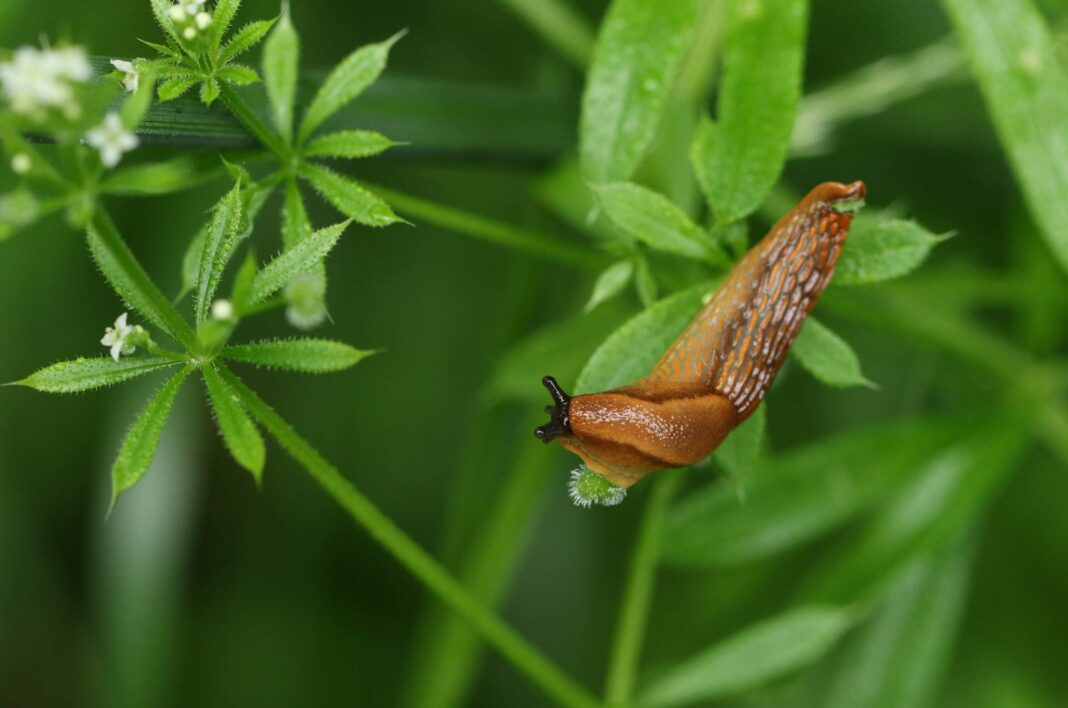Snail vs. Slug: How to Spot the Difference and Get Rid of Them Fast
Introduction
Snails and slugs are both members of the mollusk family and are often confused with one another due to their similar appearance. However, there are key differences between the two creatures that can help you identify which is which. Additionally, knowing how to get rid of snails and slugs can help protect your garden from potential damage. In this article, we will discuss how to spot the difference between snails and slugs, as well as effective ways to eliminate them from your garden.
Spotting the Difference
One of the main differences between snails and slugs is their appearance. Snails have a hard shell on their back that they can retract into for protection, while slugs have a soft, slimy body that is exposed at all times. Additionally, snails move by gliding along on their muscular foot, leaving behind a trail of mucus, while slugs move by contracting and expanding their body, also leaving a mucus trail.
Physical Features
Snails have a prominent shell that is spiral-shaped and provides protection from predators. Slugs, on the other hand, do not have a shell and are more vulnerable to external threats. Snails also have tentacles on their heads, with one set being longer and used for sensing the environment, while slugs have shorter tentacles.
Habitat
Snails are more commonly found in damp, shady areas, such as under rocks or in leaf litter. They are also known to climb plants to feed on leaves. Slugs, on the other hand, are more active at night and can be found in similar habitats as snails, as well as in compost piles and gardens.
Getting Rid of Snails and Slugs
Both snails and slugs can cause damage to plants by feeding on leaves, stems, and fruits. To prevent this damage, there are several methods you can employ to eliminate these pests from your garden:
Handpicking
One of the most effective ways to get rid of snails and slugs is to handpick them from your garden. Simply go out at night with a flashlight and pick off any snails or slugs you see on your plants. Be sure to dispose of them in a bucket of soapy water to prevent them from returning.
Natural Predators
Encouraging natural predators, such as birds, frogs, and toads, can help control snail and slug populations in your garden. Additionally, introducing predatory insects, such as ground beetles and centipedes, can also help keep these pests in check.
Barriers
Creating physical barriers, such as copper tape or diatomaceous earth, around your plants can help prevent snails and slugs from reaching them. These barriers are irritating to the pests and can deter them from feeding on your plants.
Organic Methods
Using organic methods, such as beer traps or eggshell barriers, can also help eliminate snails and slugs from your garden. Beer traps attract the pests and drown them, while eggshells create a sharp surface that they do not like to crawl over.
Conclusion
In conclusion, knowing how to spot the difference between snails and slugs can help you effectively eliminate these pests from your garden. By employing methods such as handpicking, encouraging natural predators, creating barriers, and using organic solutions, you can protect your plants from damage and ensure a healthy garden.
FAQs
Q: Are snails and slugs harmful to plants?
A: Yes, both snails and slugs feed on plants and can cause damage to leaves, stems, and fruits.
Q: Can I use chemical pesticides to get rid of snails and slugs?
A: While chemical pesticides can be effective in eliminating snails and slugs, they can also harm beneficial insects and other wildlife. It is best to use natural and organic methods to control these pests.
Q: How often should I check for snails and slugs in my garden?
A: It is recommended to check for snails and slugs in your garden regularly, especially after rainfall or during damp weather when they are most active.




